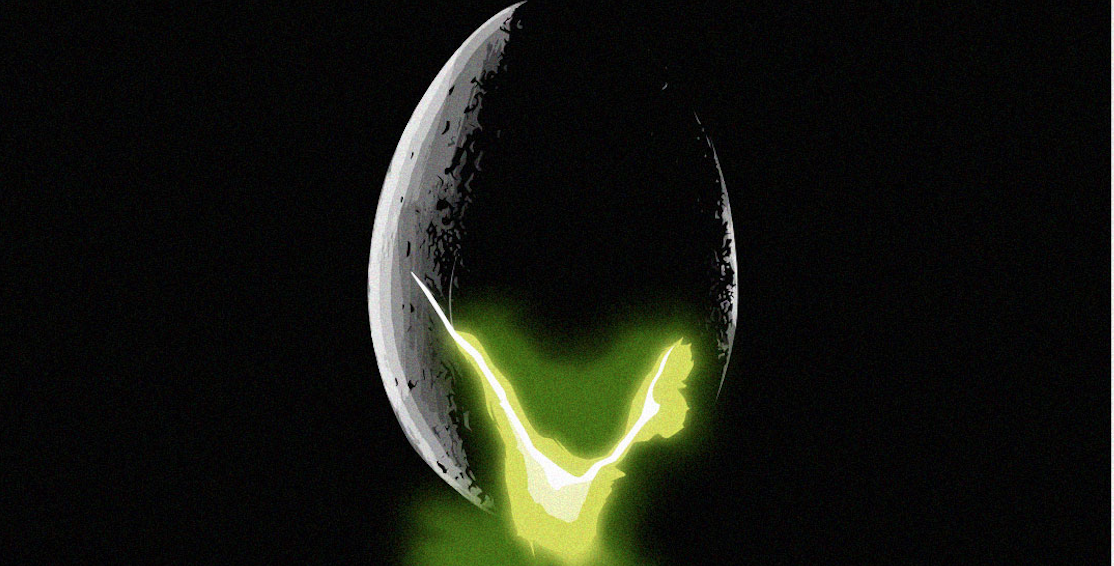Bacteria have lived on our planet earth for about 3 billion years, most of the 4.5 billion years that the planet has been around. And while the industrious microbes are central to medicine, disease and most areas of the natural world, we understand little about the form they took in the ancient world.
Now, a new study from an interdisciplinary team has taken important steps to understanding stone age bacteria by sequencing genomes recovered from ancient dental calculus. The hardened tartar preserved bacterial fragments on the teeth of 12 Neanderthals and 34 humans that had lived anywhere from 102,000 to 150 years ago. Formed from plaque, this calculus fossilized during these humans’ lifetime, trapping genetic fragments inside.
“We have reached a major milestone in revealing the vast genetic and chemical diversity of our microbial past,” says one of the authors, Christina Warinner, an associate professor of anthropology at Harvard University, in a press release.
Piecing Together Stone Age DNA
The researchers puzzled over how to reassemble the ancient DNA fragments into whole or partial genomes since the standard methods of comparing the pieces to present-day databases didn’t apply in this case.
The ancient genes were too old and alien, even for cutting edge methods designed to connect disparate genetic material. “We had to completely rethink our approach,” says Alexander Hübner, a postdoctoral researcher at the Max Planck Institute for Evolutionary Anthropology, in a press release.
After three years of experimentation, they succeeded in stitching together segments of ancient bacterial DNA some 100,000 base pairs in length, enough to begin to study what these microbes were like. The team identified many as oral bacteria and others as “exotic species whose genomes had not been described before,” according to the release.
One of these, an unknown species belonging to the genus chlorobium, contained mystery genes of unknown function. Modern-day chlorobium bacteria carry out photosynthesis and can be found in mud and standing water.
A Source of New Antibiotics?
“Having discovered these enigmatic ancient genes, we wanted to take them to the lab to find out what they make,” says Anan Ibrahim, a postdoctoral researcher at the Leibniz Institute of Natural Product Research and Infection Biology, in a press release.
Bacteria produce many chemicals, including medicines, and so the researchers wondered what the ancient DNA might encode. Using modern techniques, they implanted it into modern microbes, which then produced an entirely new biological product now termed “paleofurans.”
The team hopes to eventually find new antibiotics based on stone age DNA, which could aid in the fight against antimicrobial resistance.
“This is the first step towards accessing the hidden chemical diversity of earth’s past microbes, and it adds an exciting new time dimension to natural product discovery,” says Martin Klapper, a postdoctoral researcher at the Leibniz Institute of Natural Product Research and Infection Biology, in a press release.














